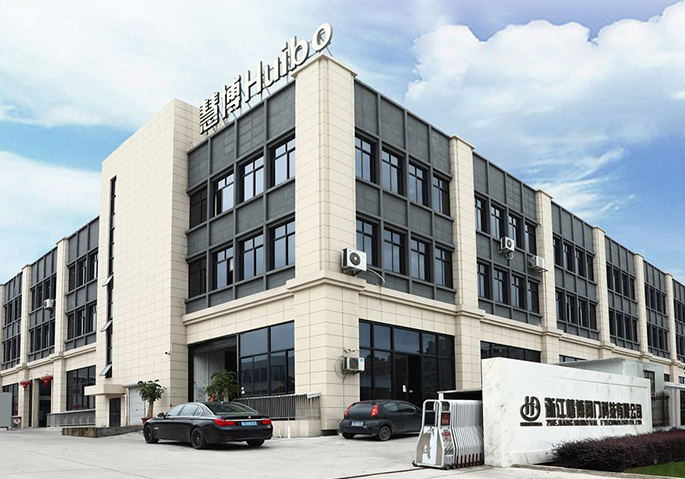OEM Custom Traditional Corner Polished Brass Radiator Valves Manufacturer In the world of home comfort, the radiator valve is a small but mighty hero. It's the unsung savior that ensures your home is ...
Product Category:
Product:
We can save cost and create value for you
Our Products
-

220V/110V/24V 2 Way Brass Water Electric Actuator Ball Valve
-

Auto-Actuator Electric Brass Ball Valve
-

Brass Female Thread Motorized Ball Valve
-

220V / 230V / 24V/AC/DC Electric Actuator Brass Ball Motorized Valve
Motorized Valve Manufacturers
Motorized valve is mainly used in heating, air conditioning system, according to the set temperature automatic open/close loop or corresponding terminal, electric two-way valve piston for spring return type closed, motor for synchronous motor, with the auxiliary control, this approach applies to install control an area before manifold, also suitable for direct installation in the end.The connection is made with a live nut, easy installation and quick disassembly.
25 years of experience
Zhejiang Huibo Valve Technology Co., Ltd.
Zhejiang Huibo Valve Technology Co., Ltd. is a leading Wholesale Motorized Valve Manufacturers and Motorized Valve Factory in the valve industry, with more than 25 years of experience, specializing in the field of HAVC system parts and brass valves. Huibo Valve has its own factory, which is located in Yuhuan County, Zhejiang Province, the hometown of brass valves in China.Now as the top manufacturer of high quality HAVC system parts and brass valve, our main products cover brass manifold, stainless steel manifold, thermostatic radiator valve, manual radiator valve,balance valve, motorized valve, air vent, ball valve, gate valve, gas valve, check valve, brass fittings and so on with more than 40 series and 2000 varieties.

CERTIFICATE
OUR LATEST NEWS
-
How Radiator Valve Manufacturers Tailor to Your Needs?
Read More + -
The Role of Radiator Valve Manufacturers in Modern Homes
Read More +Wholesale Custom Traditional Chrome Nickel Radiator Valves Manufacturer In the quest for energy efficiency and comfort, the role of radiator valve manufacturers has become increasingly significant in ...
-
Why is a radiator valve manufacturer important in the art of heating?
Read More +Sale OEM Square Angled Traditional Straight Radiator Valves Manufacture The art of heating is a delicate balance of aesthetics, efficiency, and comfort. It's not just about warming a space, but doing ...
-
A Guide to Choosing the Right Radiator Valve Manufacturer
Read More +China Cheap Radiator Brass Angled Radiator Chrome Corner Valves Manufacturer When it comes to home comfort and energy efficiency, the role of radiator valves cannot be overstated. These small but cruc...
Industry Knowledge Extension
What is Motorized Valve?

 English
English Español
Español русский
русский Deutsch
Deutsch










